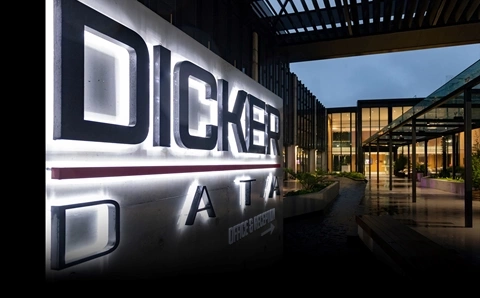Joel Dane is in the box seat for Telstra’s aspirations in selling business technology. With oversight over professional services, SaaS and IaaS, the Telstra Business national manager for cloud services knows a lot about how to sell cloud – and how to make money from it.
One of the most interesting revelations is that there is plenty of potential in SaaS. Cloud software typically offers slim margins that make it unsustainable for local break-fix businesses transitioning from selling servers. But when combined through a marketplace, it can prove even more profitable than IaaS, Dane says.
“Our revenue from IaaS and SaaS is about 50-50. The margin is comparable and sometimes higher with SaaS,” Dane says.
[To learn more about Telstra's IaaS strategy, read this article]
It’s true that from a pure revenue perspective, the telco needs to sell a lot of SaaS licences to drive the same revenue as IaaS. However, once a business starts using one SaaS program they often end up buying several more for all their staff. This translates into a healthy annuity revenue requiring little effort to maintain.
Microsoft Office 365 continues to grow quickly, even after the exclusivity deal with Microsoft ended. Dane acknowledges that these sales are due to the efforts of its channel.
“There were all these question marks around what would happen [post exclusivity] but our channel is driving value for our customers. Its a testament to them.”
Other growth areas include Symantec and mobile apps.
The beauty of the SaaS model is that it provides quick features and benefits – a manager can literally turn on an app with a credit card and start using it immediately.
It’s much more difficult to get the same business value by migrating workloads.
“Think about a customer’s supply chain and all the apps that touch it. If you want to integrate them and sell it as a SaaS per user to a customer the revenue will generally be higher than if you do it as IaaS,” Dane says.
The strategy of bundling apps is right out of the distributors’ playbook. Doesn’t this place them in direct competition? Dane doesn’t think so. He previously had his own systems integration business in his homeland New Zealand and worked for other SIs in Australia.
Dane still values distributors’ role as an aggregator of relationships with resellers. “We don’t want to do everything direct. Most of our cloud goes through our channel. There’s mutual benefit in partnering with disties so we get access to downstream partners.
“I don’t have a crystal ball but pragmatically looking at it we will be doing more partnerships than selling direct. If a customer needs a PC where are they going to get that PC from? From a distie.”
What can Apps Marketplace do that T Suite can’t?
- Single intuitive and user friendly platform to manage applications and users
- Users can request trial and buy applications from the catalogue
- Admins can bulk invite users to their company
- Admins and users can be part of multiple companies using the single identity
- Users can compare the capability of applications
- Filter applications by industry, line of business and business needs
- Self-serve support online
- Simpler sign-up process
- Telstra partners can buy and manage customer accounts on their behalf using the one identity
- End-user access and single-sign-on to applications from one location
- Rapid on-boarding of new applications and services
- Rapid offer creation to bundle and package services and applications easily





_(11).jpg&h=142&w=230&c=1&s=1)



.jpg&w=100&c=1&s=0)
_(8).jpg&w=100&c=1&s=0)







.jpg&q=95&h=298&w=480&c=1&s=1)





